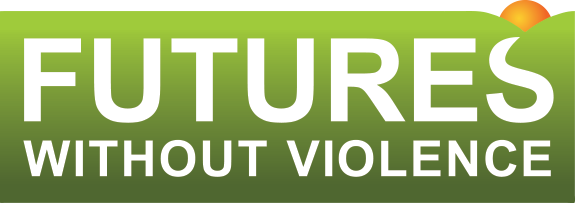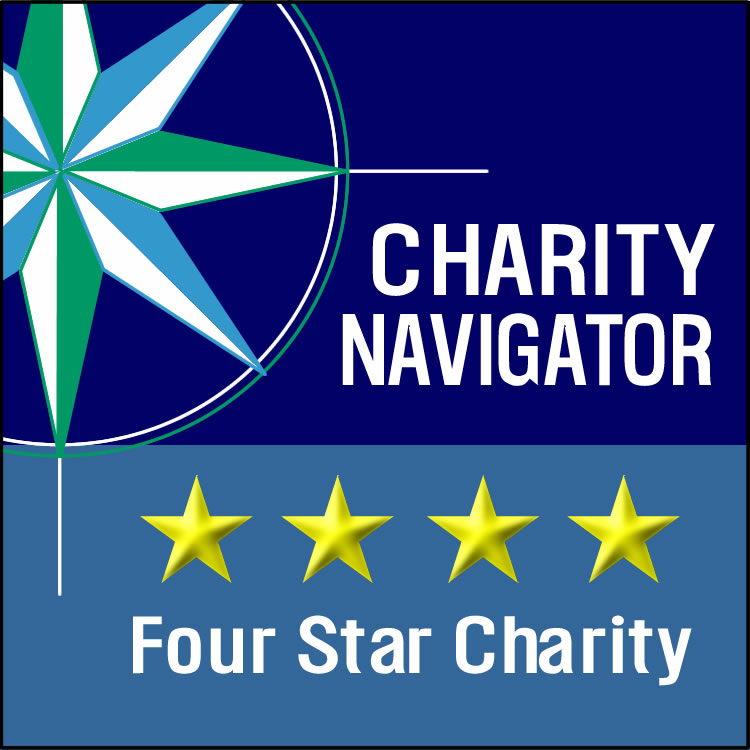collaboration tools
Survivors of human trafficking often face a set of compounding obstacles that prevent them from accessing and sustaining safe employment opportunities with secure wages. The existing vulnerabilities exploited by traffickers and the harm caused by trafficking are further exacerbated for survivors from marginalized communities for whom historic oppression and economic exclusion shape and constrain the educational opportunities and career choices available to them.
While employment is key to the long-term well-being of trafficking survivors, survivors regularly face challenges in accessing education, job training, and high-quality jobs and careers. Quality employment opportunities that provide the income necessary for a person to meet their basic needs, access safety, and provide stability is a critical protective factor against continued violence and exploitation.
Victim services agencies and the workforce development system are often siloed, relying on limited capacity, partnerships, and finite resources to help address complex barriers to education and employment. Breaking down these silos by forming partnerships and collaborations across victim service and workforce development systems is mutually beneficial. Together, both fields can better achieve similar goals efficiently, foster cross-systems expertise, and maximize resources within their respective fields.
The tools and resources on this page can help victim service agencies take their first steps to building an effective and sustainable partnerships with workforce development programs and employers.
Partnership and Pathways to Economic Opportunities for Survivors of Trafficking
This guide shares a detailed process of forming a collaboration and partnership between victim services agencies and workforce development or education programs, and provides relevant examples, cases, and resources to promote success.
Vetting Job Training and Employment Partners: Key Questions for Victim Service Agencies
This resource offers guiding questions when identifying and vetting potential workforce development partners and their fit for economic empowerment programming.
Community Resource Mapping
This tool guides users through exploring existing local resources that can leveraged to support the educational and employment goals of survivors of human trafficking.
Action Planning Tool
This tool can help collaborating partners outline the the goals of their partnership, the objectives needed to reach those goals, available resources, resources needed, roles and responsibilities, and project timeframe.
Collaboration to Increase Access to Employment Opportunities for Survivors of Human Trafficking and Domestic and Sexual Violence.
This toolkit contains advocacy considerations, collaboration strategies and resources that advocacy programs can utilize to support HT survivors’ self sufficiency.
Cross-Sector Collaboration
- Community Resource Mapping Toolkit to Support the Needs of Survivors of Human Trafficking, Domestic Violence, and Sexual Assault
- Collaborating to Help Trafficking Survivors: Emerging Issues and Practice Pointers
- Forging New Collaborations: A Guide for Rape Crisis, Domestic Violence, and Disability Organizations
- Collaboration Strategies to Help Survivors of Human Trafficking Overcome Barriers to Economic Mobility
Education and Job Training Resources
- Adult Basic Education Program Finder
- Apprenticeship Program Finder
- Guide to Learning about Local Workforce Systems.
- Human Trafficking Task Force E-Guide: Education & Job Training/Placement
- WIOA-Eligible Training Program Finder
- Workforce System Blueprints
Trauma-Informed Services
- SAMHSA’s Concept of Trauma and Guidance for a Trauma-Informed Approach
- Delivering Trauma-Informed Care in an Employment Context
- Treatment Improvement Protocol (TIP) Series, No. 57. Chapter 3, Understanding the Impact of Trauma
- A Trauma-Informed Approach to Employment Support: Tools for Practice
- Resources Specific to Victims of Human Trafficking
- Trauma-Informed Practices for Postsecondary Education: A Guide
- A Trauma-Informed Approach to Workforce: An Introductory Guide for Employers and Workforce Development Organizations


